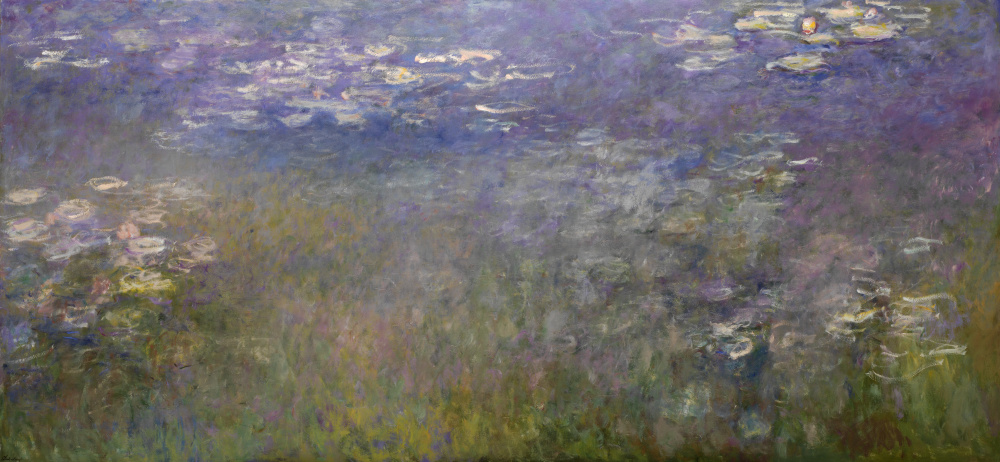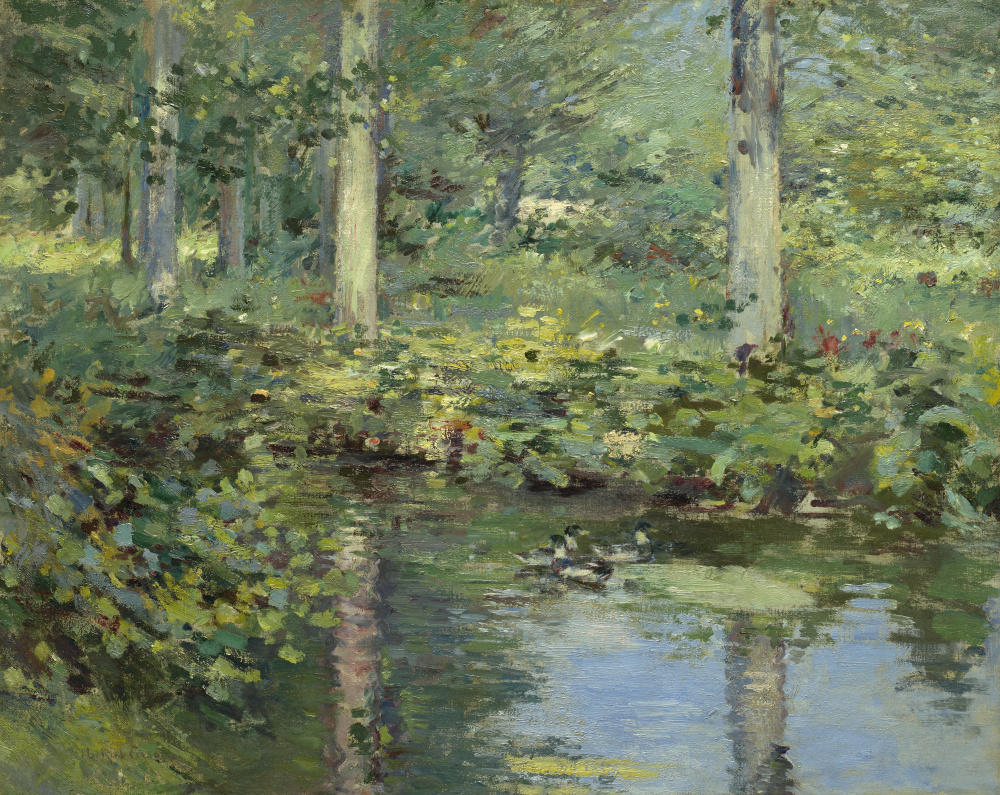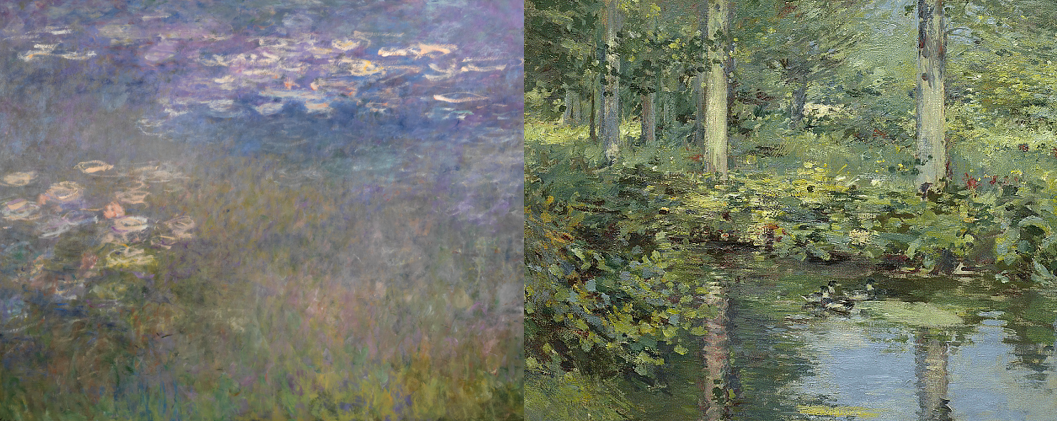STARTS
Mar 30, 2024
Ends
Mar 23, 2025
Free
130
Monet in Conversation
Claude Monet (1840-1926), the luminary of French Impressionism, lent the movement its name with his painting Impression Sunrise (Musée Marmottan, Monet, Paris), which debuted in Paris at the inaugural 1874 exhibition of Impressionist artists. Uniting its practitioners through his innovative approach as one of the first artists to practice painting ‘en plein air’ (outside), he was obsessed with capturing nature’s changing elements such as natural light, and atmosphere. Monet elevated this technique by painting in series, exemplified by the museum’s beloved Water Lilies, which records the subject at different times of the day.
This ongoing focus exhibition series, “Monet in Conversation,” delves into Monet’s dual role as influencer and influenced. The first in this series focuses on Monet and Americans in Paris.
These artistic “conversations” that will change annually, will unfold as a visual dialogue, illuminating the reciprocal influence between Monet and fellow artists, encapsulating the essence of transformative artistic exchange.
Monet in Conversation with Americans in Paris
Following the Civil War in 1865, the United States experienced newfound international prominence. Wealthy art patrons from North America sought prestige by importing European culture. When French Impressionism emerged in 1874, American artists, entrenched in academic traditions, initially rejected its radical style. Exceptions like John Singer Sargent, influenced by the movement, emerged, followed by a host of later artists, like Theodore Robinson, Childe Hassam, and many others.
By the mid-to-late 1880s, American collectors embraced Impressionism, leading artists, including those featured in this focus exhibition, to experiment with the style. American artists began to visit Paris where Impressionism started, as well as artists’ colonies that focused on outdoor painting, like the one in Giverny, where Monet lived since 1883. By the early 1890s, Impressionism had firmly established itself in American art, leaving an enduring impact on the nation’s painting.


Organized by The Nelson-Atkins Museum of Art. This exhibition is generously supported by R. Lyman and Sally Ott.
